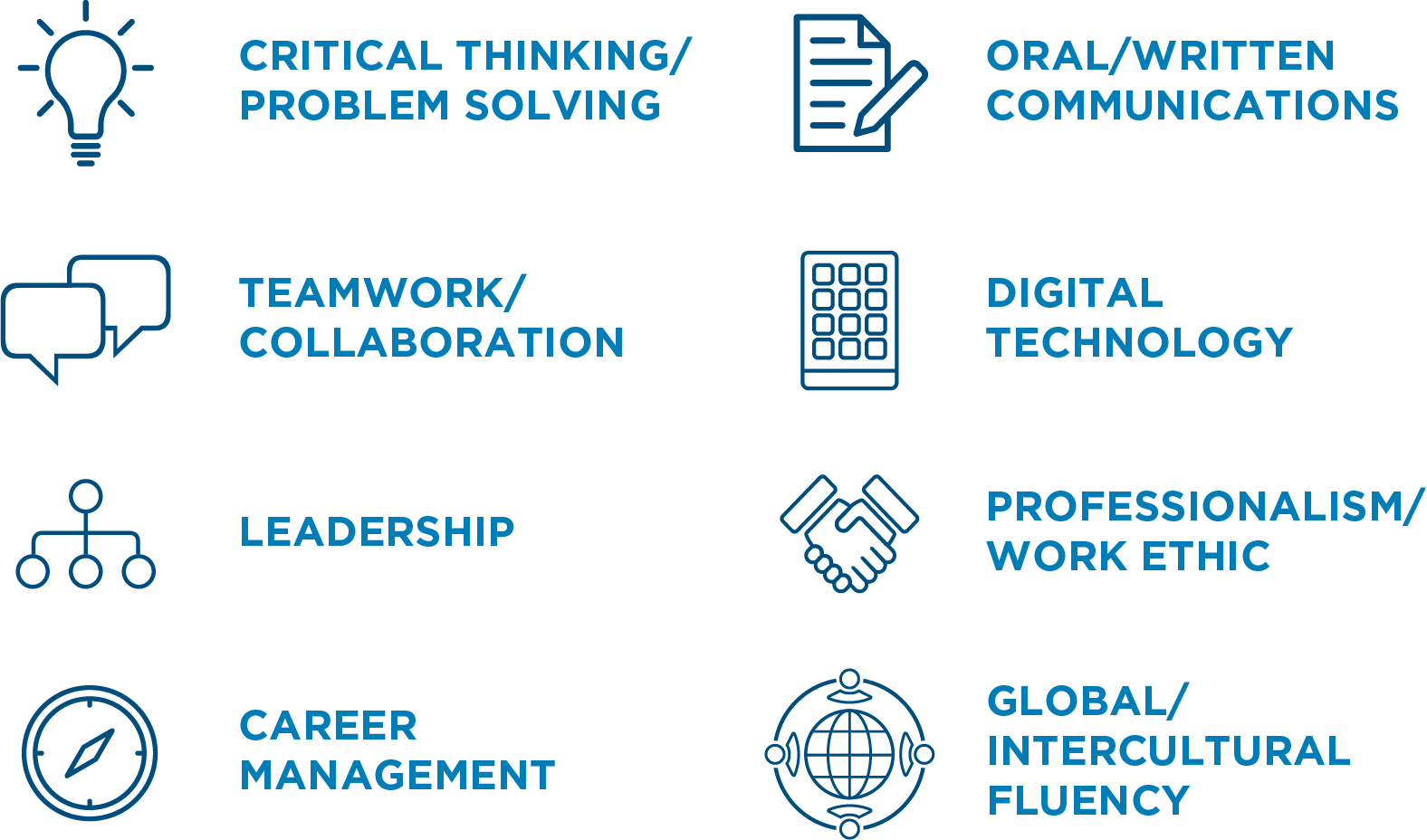 Editor’s note: Adrian Erlinger manages innovation and capacity building initiatives at American Councils. He has been leading the way on several internationalization projects, including the Central Asia University Partnership Program (UniCEN), which recently brought together representatives from 20 Central Asian universities and US experts in Tashkent, Uzbekistan to design action plans for partnerships.
Editor’s note: Adrian Erlinger manages innovation and capacity building initiatives at American Councils. He has been leading the way on several internationalization projects, including the Central Asia University Partnership Program (UniCEN), which recently brought together representatives from 20 Central Asian universities and US experts in Tashkent, Uzbekistan to design action plans for partnerships.
What is internationalization, anyway?
The world faces big economic, technological, political, and environmental challenges, and taking them on requires a global approach. That's why more employers are seeking out globally competent graduates who are adaptable, ready to problem-solve, and work across cultures.
To meet that growing demand, institutes of higher education in the US and abroad are heavily invested in strategies that bring the world to their campuses, and their students and faculty to the world.
But not all "internationalization" on campus is necessarily strategic.
Internationalization, or the linkages between institutions around the world, started out as a series of scattered activities across campus. In our current climate, that approach falls short. International partnerships thrive on substance.
When we think about internationalization at an institute of higher education, we consider a few “must haves,” including a comprehensive strategy with a clear view of goals, priorities, challenges, and potential approaches. A well-grounded and outlined strategy can benefit not only the bottom line, but the actual ranking, quality, experience, and reputation of the college or university itself.
Why does internationalization matter to US universities?
In the past, internationalization focused on student exchanges or technical assistance projects. Only recently has the concept of an “internationalized” campus become a driving strategy at US institutions of higher education.
In the US, motivating factors are as diverse as the institutions themselves. The Center for Internationalization and Global Engagement at the American Council on Education (ACE CIGE) recently reported that most US colleges and universities look to internationalization to improve student preparedness upon graduation, diversify the student and faculty body, and attract more international students. According to ACE CIGE’s 2017 Mapping Internationalization on US Campuses survey, nearly half of America’s colleges and universities identify internationalization in their mission statements. An overwhelming majority of doctoral-granting institutions (91 percent) report that internationalization has accelerated on their campuses since 2014.
Attracting a diverse pool of international students and faculty requires not only strategic intent from the top down, but a campus community open to receiving them. In the US, internationalization is transitioning from a “nice to have” activity to an essential strategic framework for achieving student outcomes.
As a result, institutions are bringing innovative approaches to foster an internationally-minded culture on campus. The State University of New York has spearheaded a model of virtual exchange–Collaborative Online International Learning–where faculty across borders co-design courses that connect students using low-cost technology platforms, like Google Hangouts or Zoom. Penn State’s Humanitarian Engineering and Social Entrepreneurship Program offers courses in social entrepreneurship to students of all majors to design solutions to real-world problems. Students co-create and launch real products with their peers in Kenya as a capstone.
Content-rich overseas study, especially internships where students acquire job-ready skills in a cross-cultural environment, are gaining momentum across US higher education for a reason: the so-called 21st century skills students obtain as a result are vital to employers in the US and abroad. The National Association of Collegiate Employers lists global and multi-cultural fluency among its “Eight Career Ready Competencies,” along with critical thinking, teamwork, and communications. At Lehigh University, the Iacocca International Internship Program has provided financial aid to more than 400 students to acquire these skills at companies in 36 different countries in business, engineering, research, and the arts.

Why does internationalization matter to universities overseas?
Most colleges and universities around the world acknowledge that international connections are important for a variety of reasons: to attract the best faculty, to support English learning among students, and to raise the visibility of their institution.
These institutions also understand that their graduates will enter a global workforce, no matter where they live. Therefore, graduates around the world must not only prepare to join the workforce ready to design innovative technologies and form new companies, but also to confront the challenges of the future of work. In addition to producing talented employees that thrive in a global marketplace, universities are charged with producing the next generation of global leaders in civil and public service. It’s no wonder that universities of all types look to internationalization as a “magic bullet” for success.
When international institutions seek partners in the US higher education system, they are faced with a complex and diverse market—and growing competition. In many countries, improving rankings or expanding research portfolios are top priorities for universities. Ministries of education often administer the budgets for these universities. Creating strong cross-border partnerships not only requires a significant commitment of finances and resources—but a forward-oriented strategy to catalyze results beyond the signing of a memorandum of understanding.
International partnerships must be a priority to increase the international awareness of students, improve the quality of teaching and learning, and enhance their overall international cooperation to align with existing university priorities. But in a lot of ways, internationalization is a moving target, both in the US and abroad, so institutions around the world need guidance and support to begin and deepen their engagement.
Are there frameworks for internationalization?
Student mobility—bringing students from abroad to campus and vice versa—is considered the most important element of internationalization. However, there is far more to internationalization than study abroad and attracting international students. A strategic framework can help to take these various approaches from a maze to a map.
A comprehensive internationalization framework should integrate not only student mobility, but also faculty, curriculum development, administration, strategic planning, marketing, and partnerships. Joint cross-border research can unlock solutions to global problems, as well as funding. The practice of internationalization is becoming more sophisticated and nuanced to address strategic objectives across the entire institution, as well as technological disruption in higher education. Technology can connect students and instructors from far away to learn together in the same virtual classroom.
Proper frameworks are absolutely critical, because internationalization can have a downside. Some institutions may approach international engagement strictly though the lens of generating revenue, rather than developing mutually beneficial partnerships. Unfortunately, study abroad is still out of reach for many students, so international activities must provide equity for all students rather than just for the affluent. Finally, the US system of higher education is not the definitive or most “correct” path to education; partnerships must involve equal contributions.
Let's internationalize, already
The University Partnership Lab, spearheaded by American Councils for International Education, helps universities catalyze, align, and support strategic initiatives for internationalization across all levels. Our consulting services and toolkits allow institutions to develop an internationalization strategy that considers administrative structure, curriculum development, faculty practices, content-rich overseas study, and partnerships. This work generates collaboration among university administrators, faculty, students, and other stakeholders in higher education. University partners can expect to forge links, advance internationalization priorities, and raise their visibility on a global scale. These universities will also prepare students with skills that truly enhance their ambitions upon graduation.
So, let’s get started.
About Innovation and Capacity Building at American Councils
American Councils began as a collaboration of colleges and universities more than four decades ago. Today, our innovative programs span four continents and host a community of more than 94,000 alumni. Our efforts not only broaden individual perspectives, but also deepen mutual understanding on a national and international scale. We developed an Internationalization Planning Guide that outlines a methodology to strengthen and diversify internationalization on university campuses. So far, the guide is available in English and Russian; Spanish is forthcoming. We are also developing toolkits and a course in internationalization for select participants of our programs.
Contact the Author

